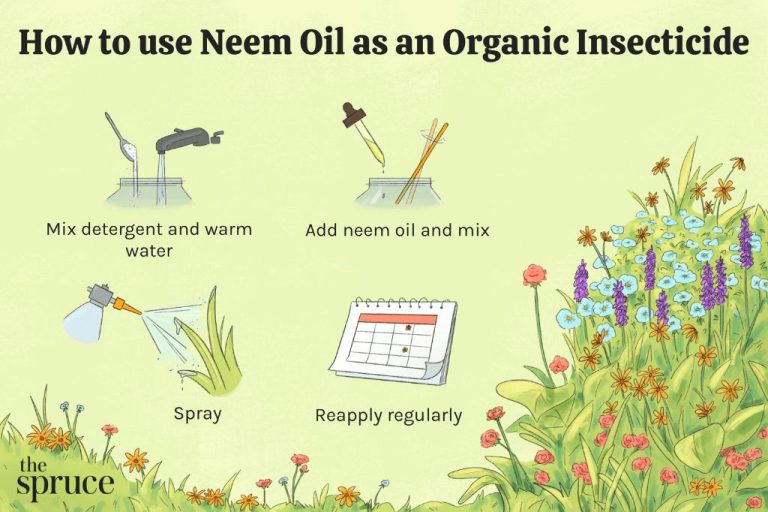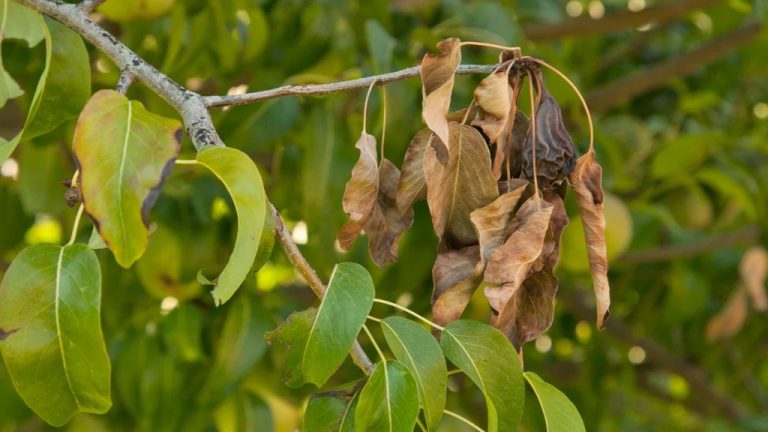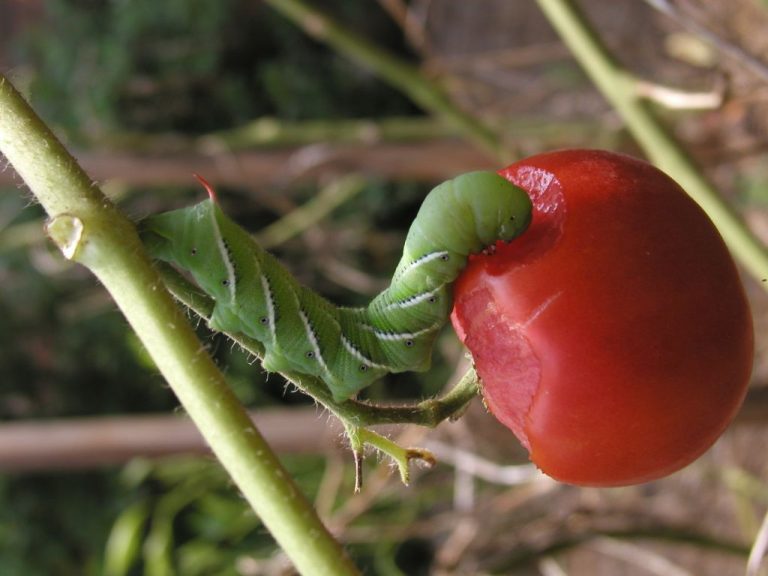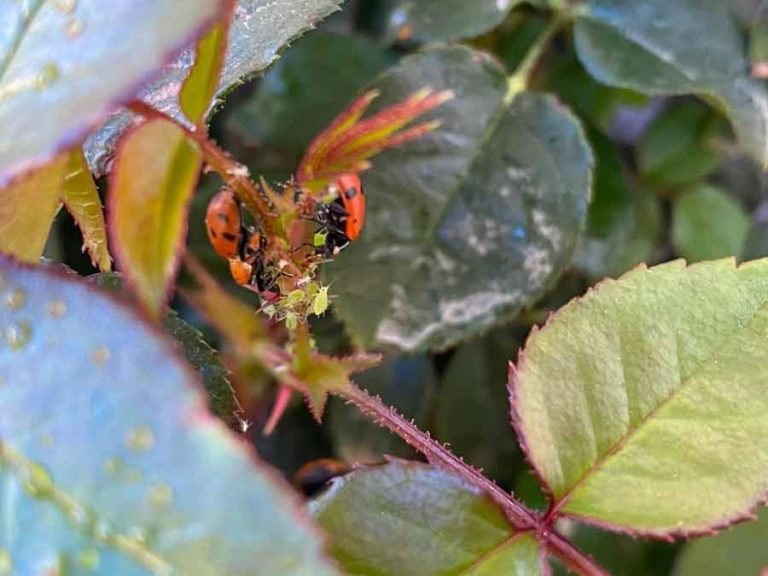Identifying And Treating Leaf Spot Diseases In Your Garden
What are leaf spot diseases?
Leaf spot diseases are a common group of fungal and bacterial diseases that affect the leaves of plants. They are characterized by small, discolored spots or lesions on the leaves, which often enlarge and turn brown or black as the disease progresses. Leaf spots are one of the most prevalent disease issues in gardens and landscapes.
There are many different types of leaf spot diseases. Some common fungal leaf spots include anthracnose, cercospora leaf spot, septoria leaf spot, and alternaria leaf spot. Bacterial leaf spots like angular leaf spot and bacterial leaf blight are also widespread. The pathogens that cause leaf spots can overwinter in plant debris and weeds, infecting plants when conditions become favorable in spring and summer.
Leaf spots start as small, water-soaked lesions that often enlarge and turn various colors like black, brown, gray, or yellow. The centers may dry up and fall out, giving the spots a “shot hole” appearance. Leaf spots usually start on the undersides of older leaves but can spread up the plant. As the pathogens multiply, the spots merge and cause extensive leaf yellowing, browning, defoliation, and plant decline.
Why are leaf spots problematic?
Leaf spots can be very damaging to plants for several reasons:
Aesthetic damage – Leaf spots often start off as small, dark blemishes on leaves that grow larger over time. As they increase in size and number, they become unsightly and detract from the visual appeal of the plant.
Photosynthesis disruption – Leaf spots prevent light from being absorbed by the leaf’s chlorophyll, reducing photosynthesis. This makes it harder for the plant to produce the energy it needs for growth and fruit/flower production.
Premature leaf drop – Heavily spotted leaves often yellow, wither, and fall off the plant earlier than they should. This can leave the plant weakened due to insufficient leaves remaining on branches.
According to https://agric4profits.com/leaf-spot-diseases-description-damages-caused/, “Leaf spots reduce the photosynthetic area and efficiency of leaves leading to reduced plant growth and yield.”
How to identify leaf spots
When trying to diagnose a leaf spot disease, the first thing to look for is small, circular lesions on the leaves. According to the University of Minnesota Extension, leaf spots often start out as small, circular or irregular shaped spots that can increase in size as the disease progresses (source). It’s important to check the underside of leaves as well as the top, as some fungal or bacterial leaf spots may be noticeable on the underside first.
The pattern and color of the leaf spots can also help identify the disease. Planet Natural notes that bacterial leaf spot diseases tend to be very defined spots with a dark brown, black, or water-soaked appearance, while fungal leaf spots may have a more diffuse pattern and lighter brown or yellow coloring (source). Comparing the spots to photos of common leaf diseases can help narrow down the specific pathogen. It’s also useful to note if the spots are mainly clustered around the edges of leaves or scattered across the entire leaf surface.
Common leaf spot diseases
Some of the most commonly encountered leaf spot diseases include:
Anthracnose
Anthracnose is caused by a fungus and affects a wide variety of plants. It causes irregularly shaped brown or black spots on leaves that often have a yellow halo. Severe infections can lead to leaf loss and damage to fruits. Anthracnose thrives in warm, moist conditions (https://nwdistrict.ifas.ufl.edu/hort/2012/07/14/leaf-spots-may-mean-a-fungal-disease/).
Cercospora leaf spot
Cercospora fungus results in reddish purple spots with light gray centers on leaves. It spreads rapidly in warm, humid, or wet conditions. Cercospora most commonly affects beets, carrots, celery, corn, lettuce, tobacco, and tomato (https://www.thespruce.com/treating-brown-spots-on-leaves-5076039).
Rust
Rust fungi lead to powdery orange, yellow, reddish, or brown pustules on the undersides of leaves. Rust needs moisture to thrive and spreads rapidly. It can result in yellowing, wilting, and leaf drop. Roses, snapdragons, and hollyhocks are especially susceptible.
Powdery mildew
Powdery mildew causes a white or gray powdery coating on leaf surfaces. It thrives in humid conditions with poor air circulation. Susceptible plants include lilacs, squash, roses, and more. It can stunt growth and reduce yields.
Angular leaf spot
Angular leaf spot manifests as dried lesions on leaves bounded by the veins. It is caused by bacteria and favors humid conditions. Cucurbits like cucumbers, melons, and squash are prone to angular leaf spot, which can defoliate plants.
Factors that encourage leaf spots
There are several conditions that can encourage leaf spots to develop and spread in your garden:
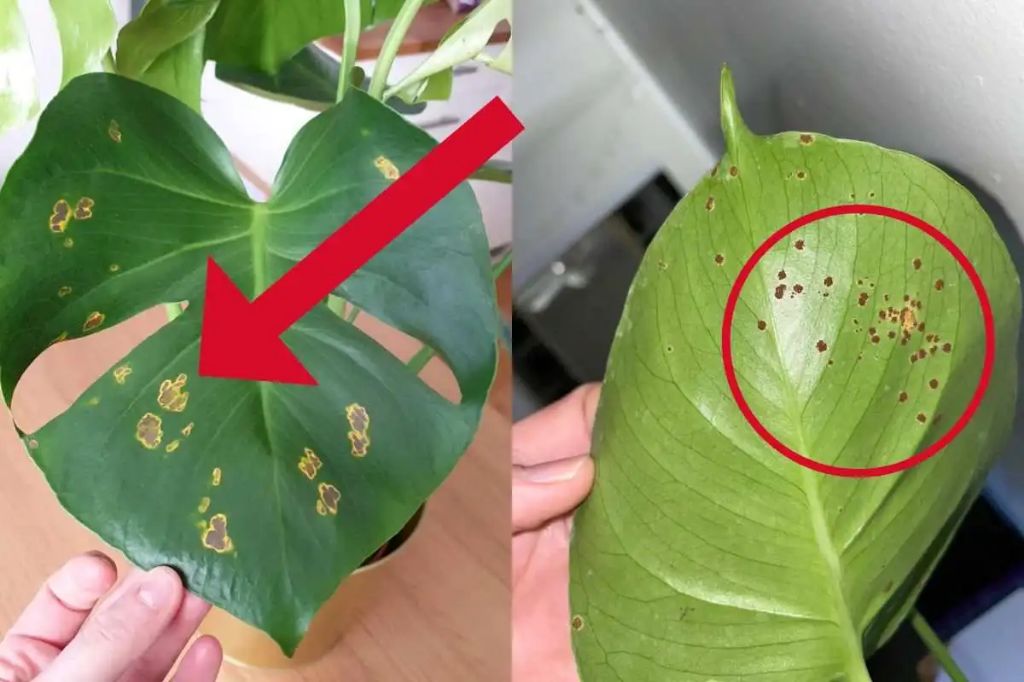
Poor air circulation is one major factor. When leaves stay wet for extended periods, it allows fungal spores to germinate and infect the leaves. Plants that are crowded together or shaded by other plants often have poor air flow, creating the moist conditions fungi need. Improving air circulation by spacing plants properly, thinning dense foliage, and pruning lower branches increases airflow and allows plants to dry out faster after rain or watering.
Excess moisture is another condition that encourages fungal and bacterial leaf spots. Overhead watering, heavy rainfall, high humidity, dense shade, and crowded plantings all contribute to persistently wet foliage. Leaf spot pathogens thrive under continuously moist conditions. Allowing plants to dry out adequately between waterings can help reduce leaf wetness.
Crowding is a common problem that leads to poor air circulation and extended leaf wetness. When plants are too close together, the foliage stays wet longer after irrigation or rain. Additionally, crowded plants compete for light and air circulation. Providing adequate space between plants improves air movement and allows foliage to dry out more quickly.
By minimizing these problematic conditions – poor air flow, excess moisture, and crowding – you can help prevent leaf spot diseases from taking hold and spreading in your garden.
Cultural/preventative measures
There are several cultural and preventative measures that can help reduce the likelihood and severity of leaf spot diseases in the garden:
Avoid overhead watering that wets foliage – Water early in the day so leaves can dry out. Drip irrigation or soaker hoses directed at the soil are preferable to sprinklers.
Space plants appropriately and prune to improve airflow – Allowing for adequate air circulation reduces humidity levels around leaves and foliage.
Clean up and remove fallen diseased leaves, stems and fruit – Regular sanitation removes inoculum that can further spread disease. Diseased material should be sealed in bags and disposed of, not composted. [1]
Remove susceptible plants or avoid planting in areas with poor drainage or air flow.
Avoid working around plants when they are wet to limit spread of spores.
Consider using rain shields, row cover fabric or plastic tunnels to protect plants and reduce leaf wetness during humid/rainy periods.
Chemical treatments
Chemical fungicides can help treat and prevent the spread of fungal leaf spot diseases. There are both synthetic and organic fungicide options.
Synthetic fungicides like chlorothalonil, myclobutanil, propiconazole, and mancozeb are effective at preventing fungal diseases. Products with these ingredients should be applied according to label instructions as soon as symptoms are spotted. Multiple applications may be required for adequate control during disease outbreaks. Always follow label precautions.
[Sources: https://extension.umn.edu/plant-diseases/leaf-spot-diseases-trees-and-shrubs, https://www.solutionsstores.com/leaf-spot-control]
Organic fungicides based on neem oil, copper, sulfur, or bacillus subtilis offer lower-toxicity options for preventive treatment. These generally need more frequent applications for equivalent efficacy. Always test organic fungicides first since some can potentially damage plant tissues. Follow label application rates and timing.
[Source: https://ipm.ucanr.edu/PMG/GARDEN/PLANTS/DISEASES/leafspotdis.html]
Biological control methods
There are some effective biological methods for controlling leaf spot diseases without having to rely on chemical fungicides:
Copper-based sprays like copper sulfate can help prevent fungal spore germination and growth. Copper is a contact fungicide that disrupts enzymes in fungal cells, destroying the cell walls and membranes (Viriyasuthee, 2019).
Certain beneficial microbes can be used to competitively inhibit or directly kill fungal pathogens through antibiosis or induced systemic resistance. For example, the fungus Trichoderma harzianum applied as a foliar spray has shown efficacy against leaf spot diseases like Alternaria (Ahmed, 2023).
The bacterium Bacillus subtilis is another biological control agent that can suppress fungal spore germination and mycelial growth. It produces antifungal metabolites and peptides that disrupt the pathogen’s cell membrane (Gyenis et al., 2003).
Resistant plant varieties
One of the best ways to prevent serious leaf spot diseases is to plant resistant varieties that have been bred to be less susceptible to certain pathogens. Look for disease-resistant cultivars when purchasing seeds or transplants.
Here are some examples of resistant varieties for common vegetable crops:
-
Tomatoes – Many new tomato varieties have resistance to early blight, septoria leaf spot, and other fungal diseases, including: Mountain Magic, Plum Regal, Rocky Top, Mountain Merit.
-
Peppers – Pepper varieties like Paladin, Revolution, and Conquest have resistance to bacterial leaf spot races 1-5.
-
Lettuce – Leaf lettuces like Green Forest and Newham are resistant to downy mildew, while Great Lakes types resist mosaic virus.
-
Squash – Many squash varieties resist powdery mildew, including Gold Rush zucchini, Table Ace acorn squash, and Gentry pumpkin.
-
Beans – Jade bean and Eagle bean have resistance to common bacterial blight, rust, and mosaic virus.
Check with your local Cooperative Extension office for recommended disease-resistant varieties that perform well in your specific area.
When to Consult an Expert
In some cases, it is advisable to consult a plant disease expert or certified arborist for proper diagnosis and treatment of leaf spot diseases:
If the leaf spot disease is severe and uncontrolled, leading to major defoliation or dieback, professional help may be needed to identify the exact pathogen and recommend treatment options (https://www.joshuatreeexperts.com/blog/how-to-identify-treat-leaf-spot-disease-in-lawn). An expert can test leaf samples in a lab to determine if fungal, bacterial or viral pathogens are involved.
If the leaf spots do not match the appearance of common diseases, then samples should be sent for diagnosis to identify the unknown pathogen. Correct identification is key for effective treatment (https://extension.umn.edu/plant-diseases/leaf-spot-diseases-trees-and-shrubs).
Since many leaf spot diseases have overlapping symptoms, a professional diagnosis is required to distinguish between fungal and bacterial pathogens, or leaf spots and physiological leaf scorch. A proper diagnosis will inform the best treatment plan (https://sharplawncare.com/learning-center/leaf-spot-or-dehydration-which-one-is-affecting-your-lawn/).
Experts can provide science-based treatment recommendations for your specific situation, including optimal timing and rotation of chemical sprays, use of biological controls, and horticultural oils. They have access to the latest products, equipment and methods.
For severe leaf spot infections, the most effective long-term solution may involve replacing susceptible plants with resistant varieties. Professionals can suggest the best disease-resistant cultivars for your landscape.


